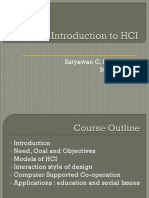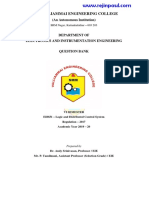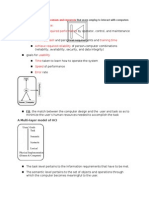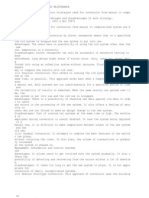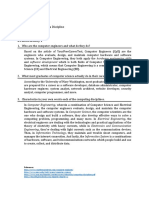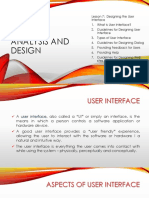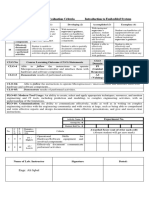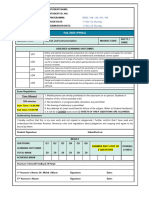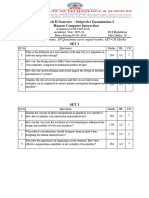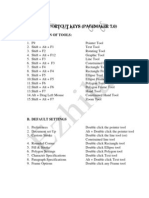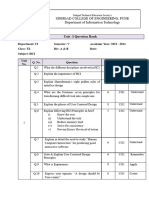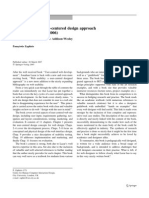0% found this document useful (0 votes)
387 views5 pagesUser Interface Design Essentials
User interface (UI) design is the process of creating user interfaces for software or devices. The goal is to make interfaces that are easy to use and enjoyable. There are three main types of interfaces: graphical (GUIs), voice-controlled (VUIs), and gesture-based. Good UI design considers the user experience - tasks should be simple and intuitive. Designs also need to be engaging and communicate the brand well. UI design focuses on how things look and feel, while user experience (UX) design covers the entire user journey. Creating great UIs involves making interactions predictable, discoverable, simple and focused on the user's goals.
Uploaded by
study nowCopyright
© © All Rights Reserved
We take content rights seriously. If you suspect this is your content, claim it here.
Available Formats
Download as PDF, TXT or read online on Scribd
0% found this document useful (0 votes)
387 views5 pagesUser Interface Design Essentials
User interface (UI) design is the process of creating user interfaces for software or devices. The goal is to make interfaces that are easy to use and enjoyable. There are three main types of interfaces: graphical (GUIs), voice-controlled (VUIs), and gesture-based. Good UI design considers the user experience - tasks should be simple and intuitive. Designs also need to be engaging and communicate the brand well. UI design focuses on how things look and feel, while user experience (UX) design covers the entire user journey. Creating great UIs involves making interactions predictable, discoverable, simple and focused on the user's goals.
Uploaded by
study nowCopyright
© © All Rights Reserved
We take content rights seriously. If you suspect this is your content, claim it here.
Available Formats
Download as PDF, TXT or read online on Scribd
/ 5


